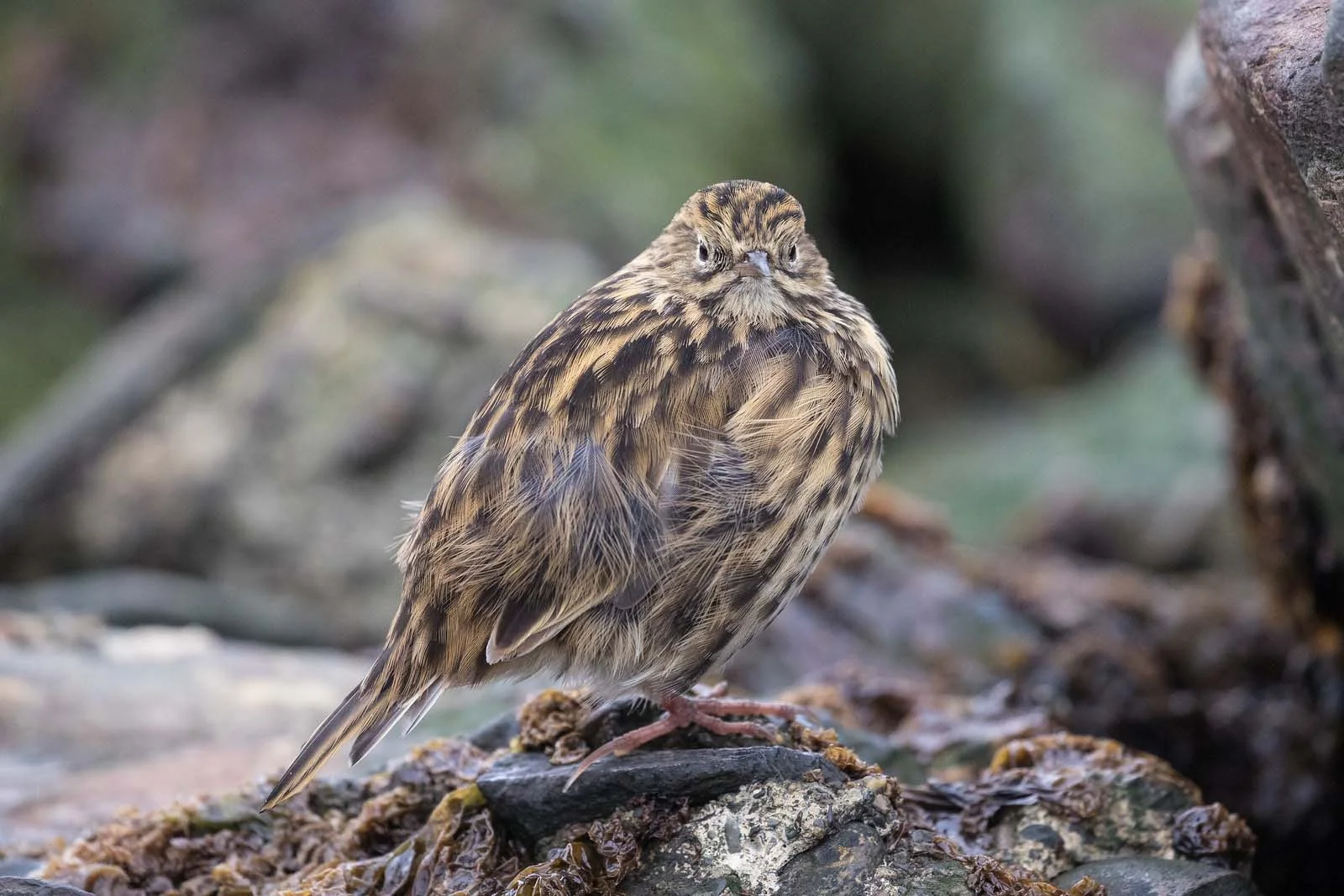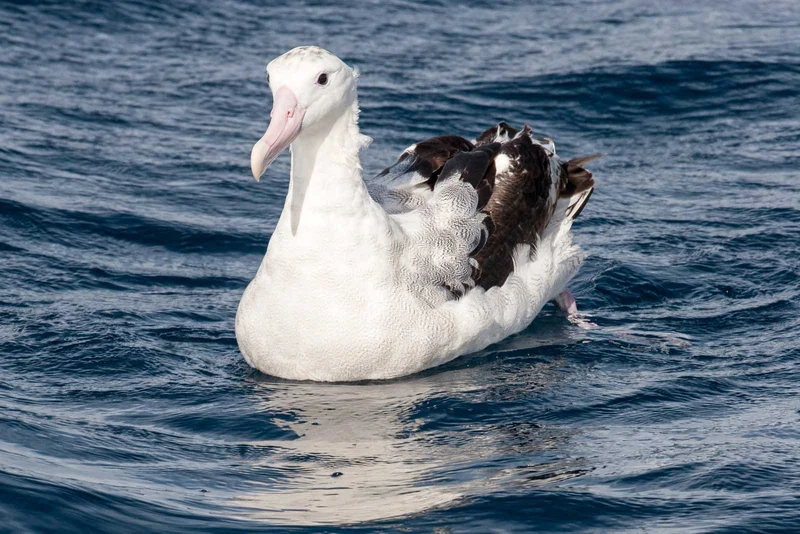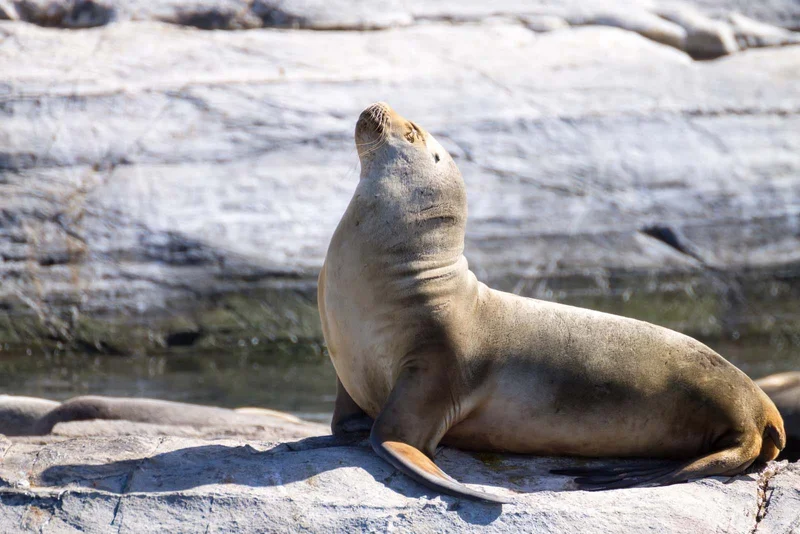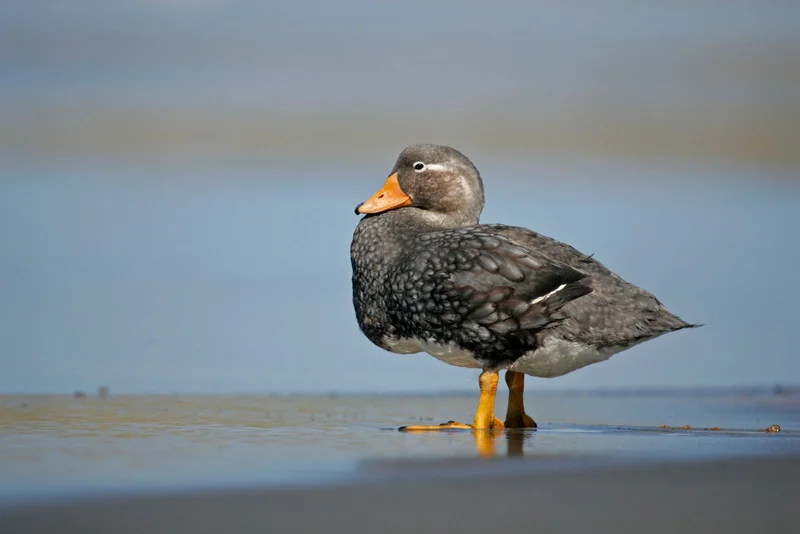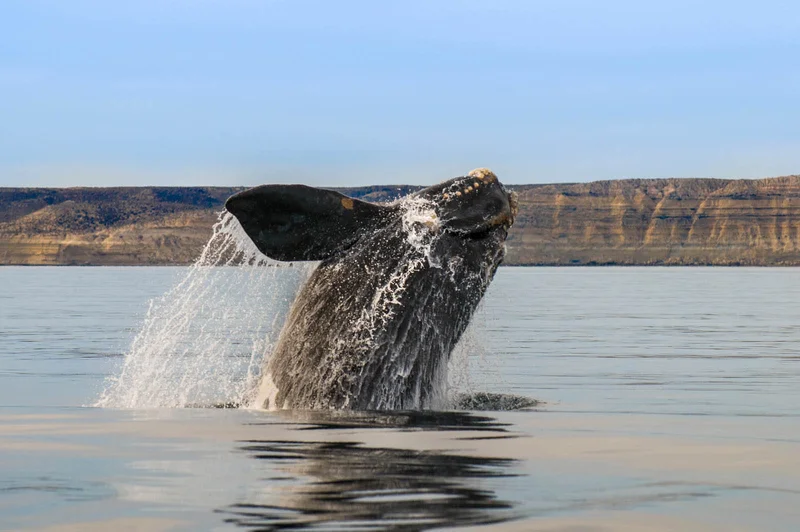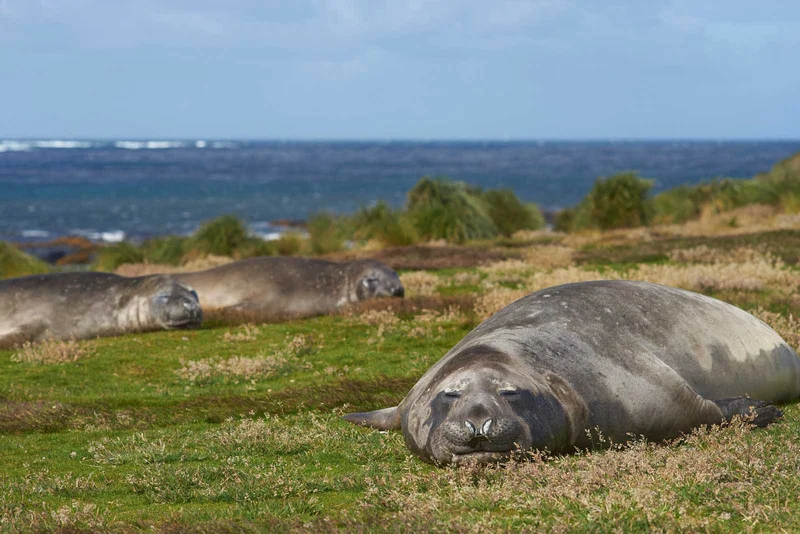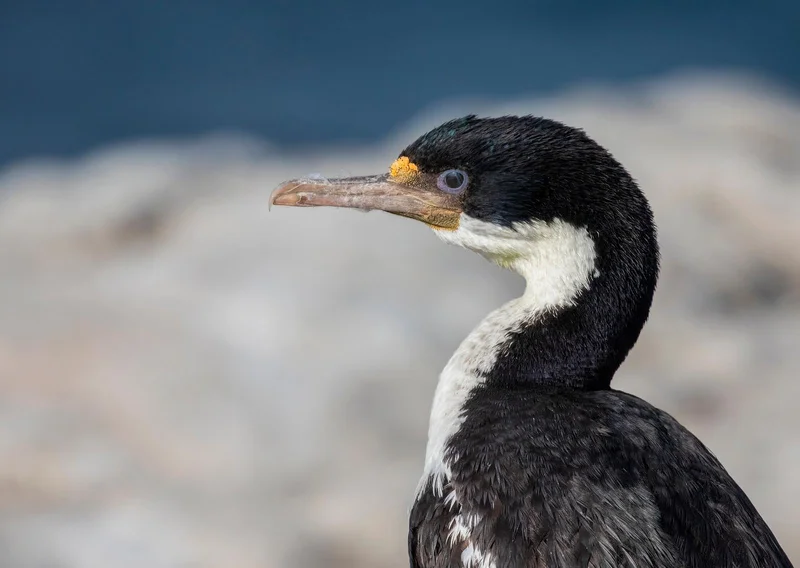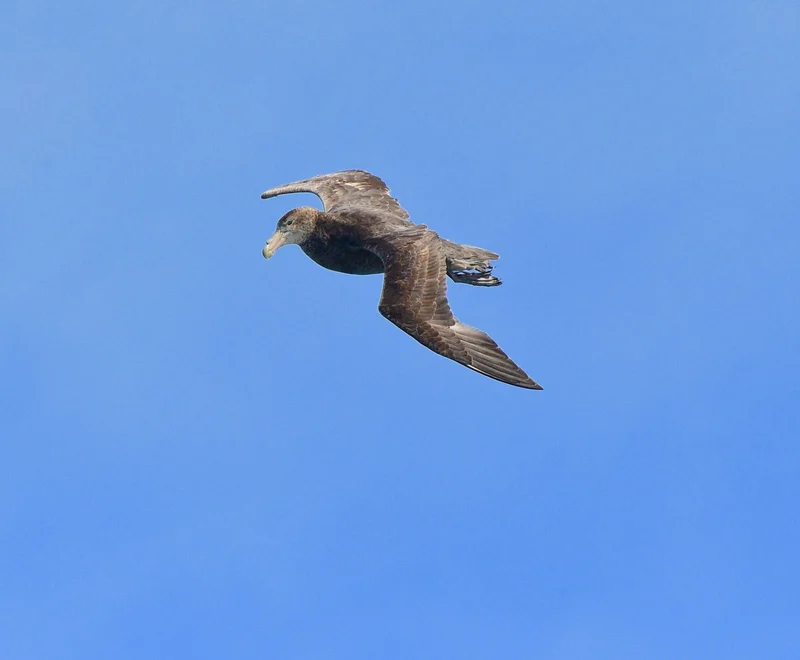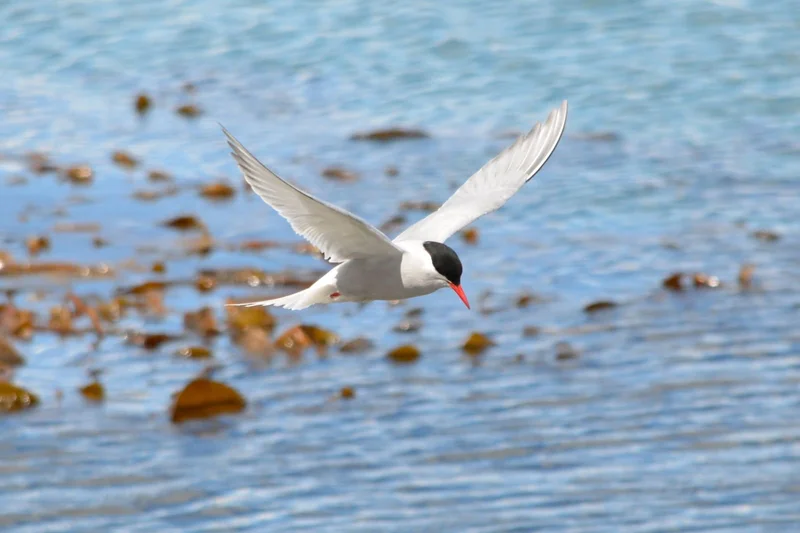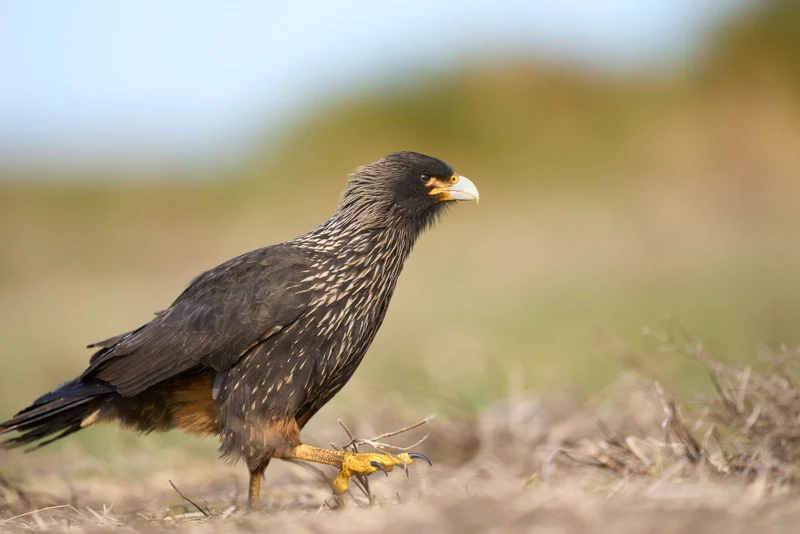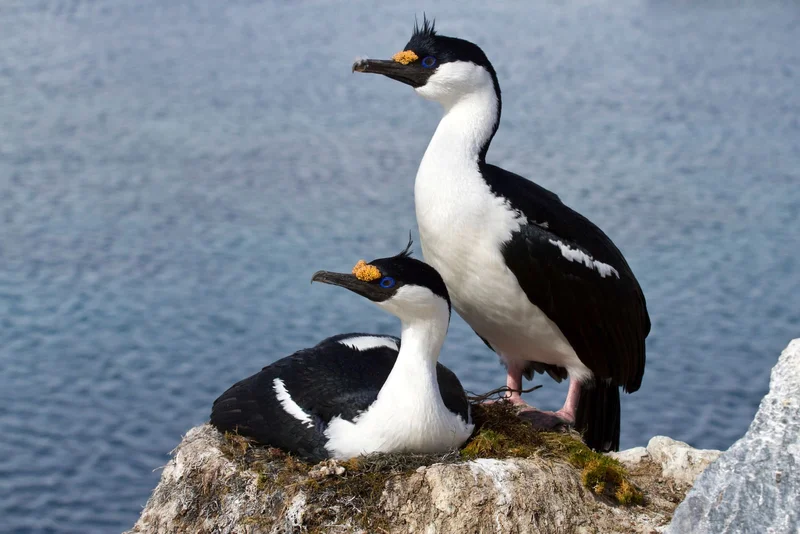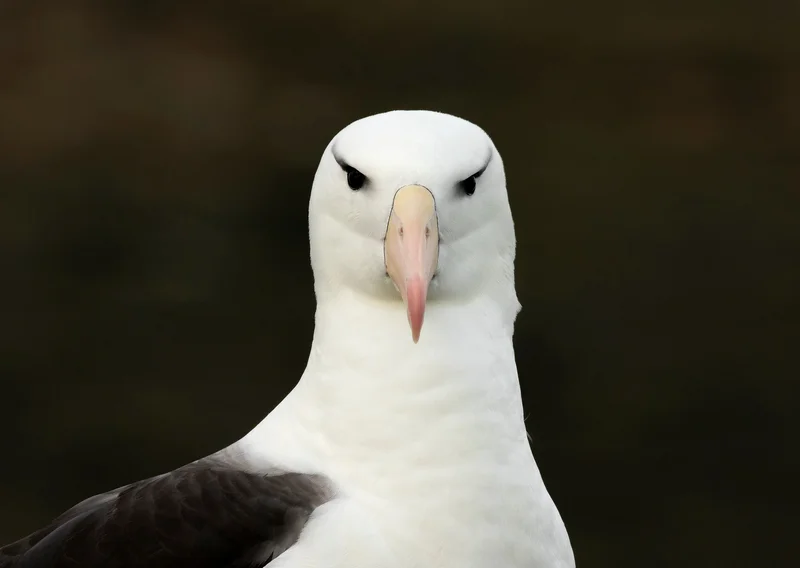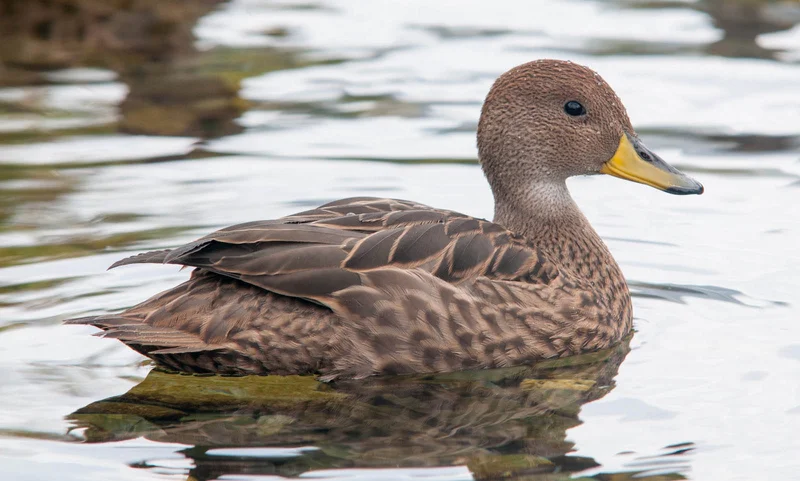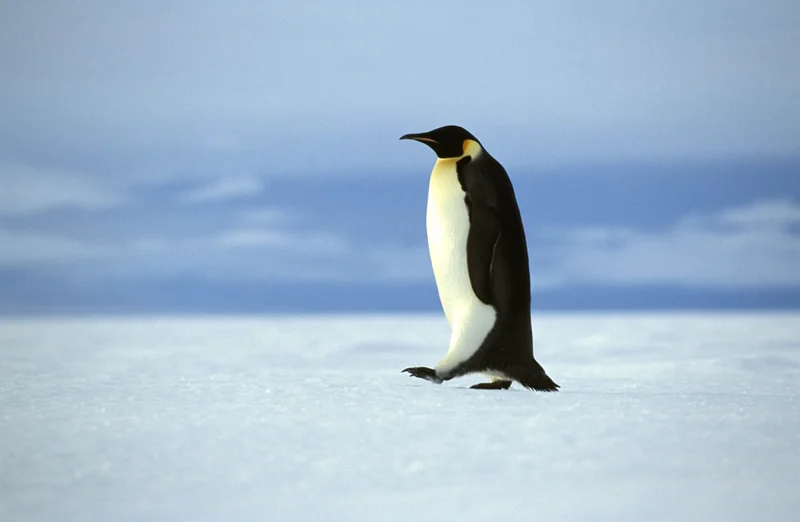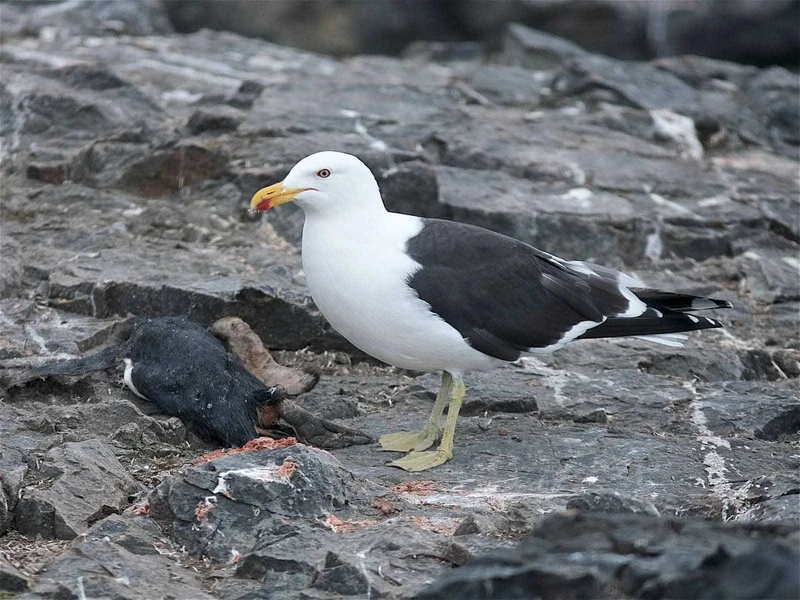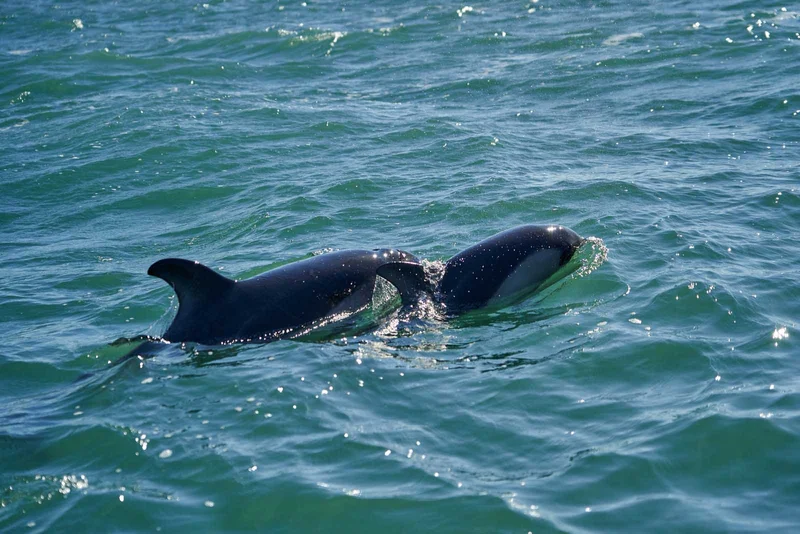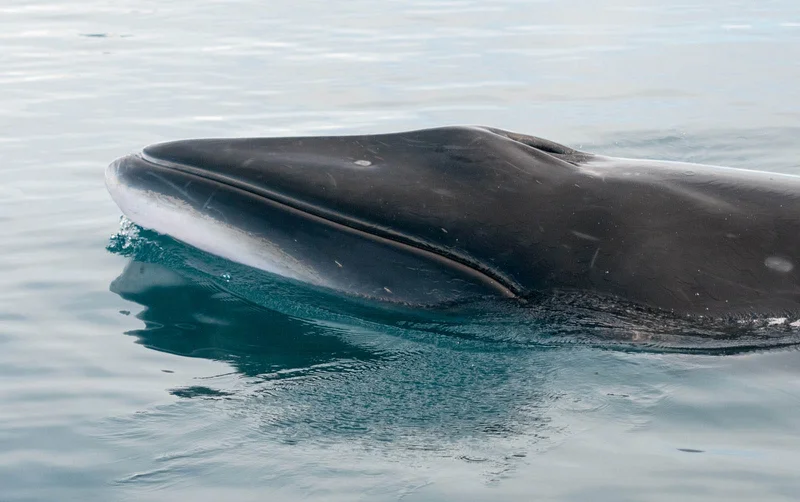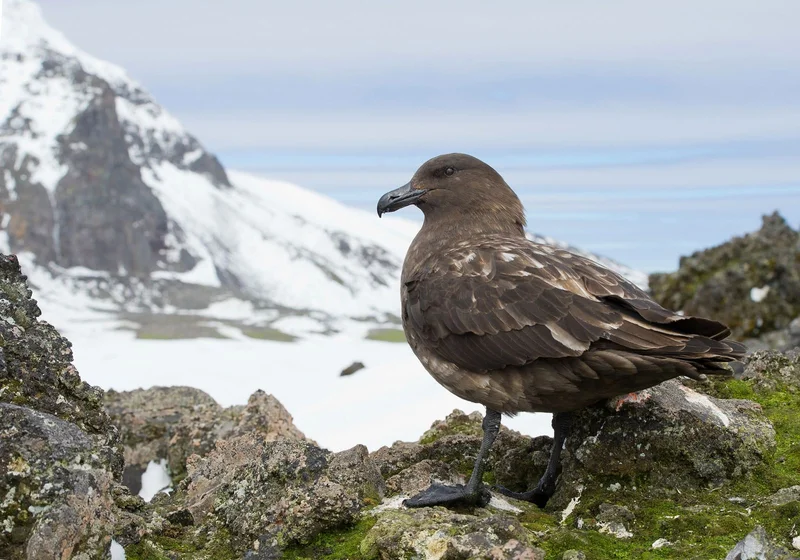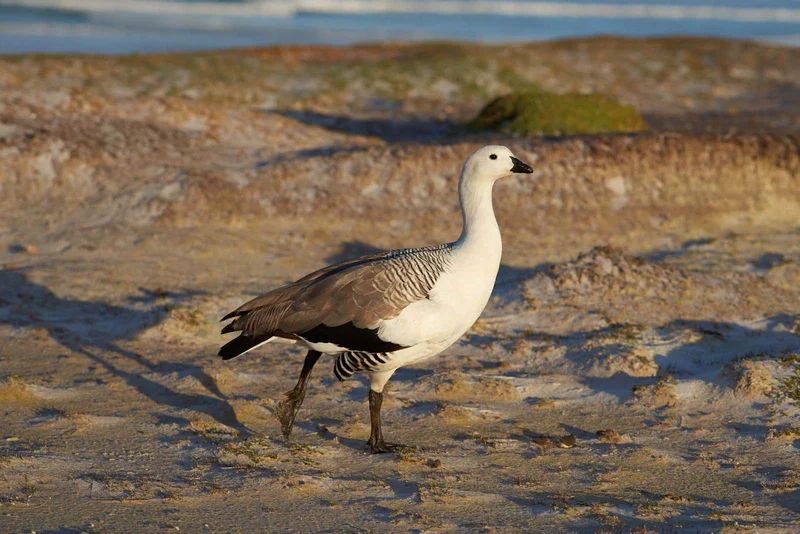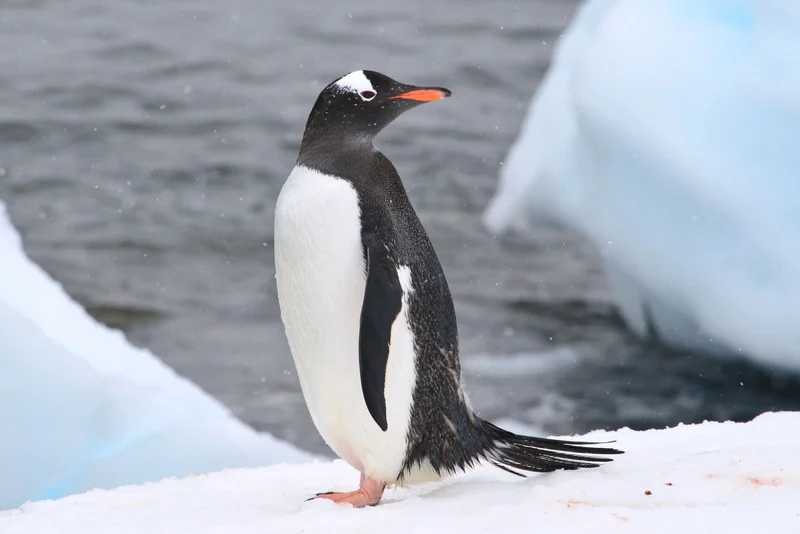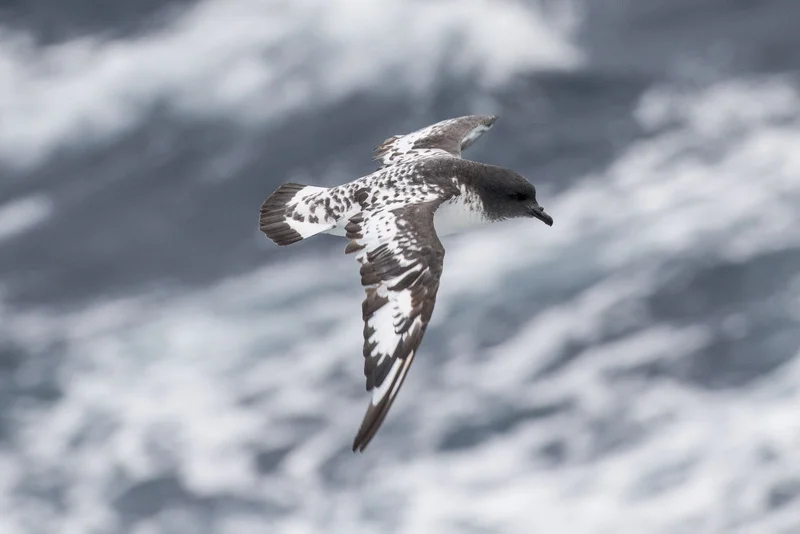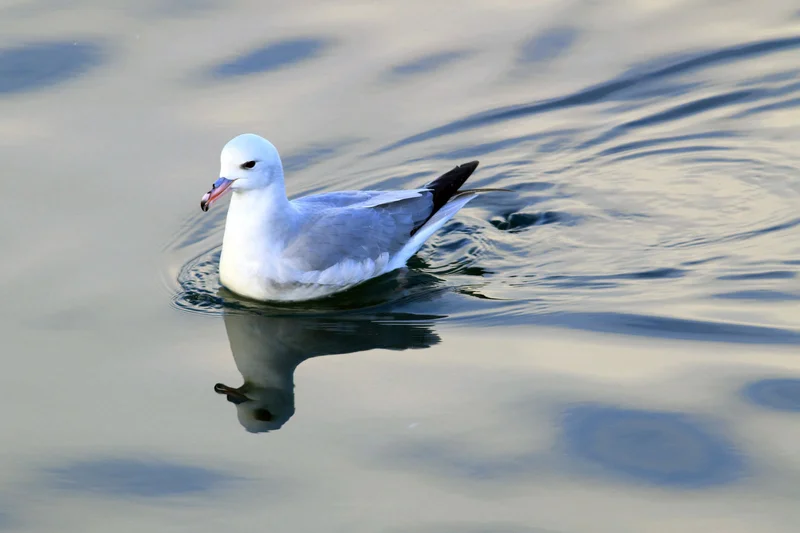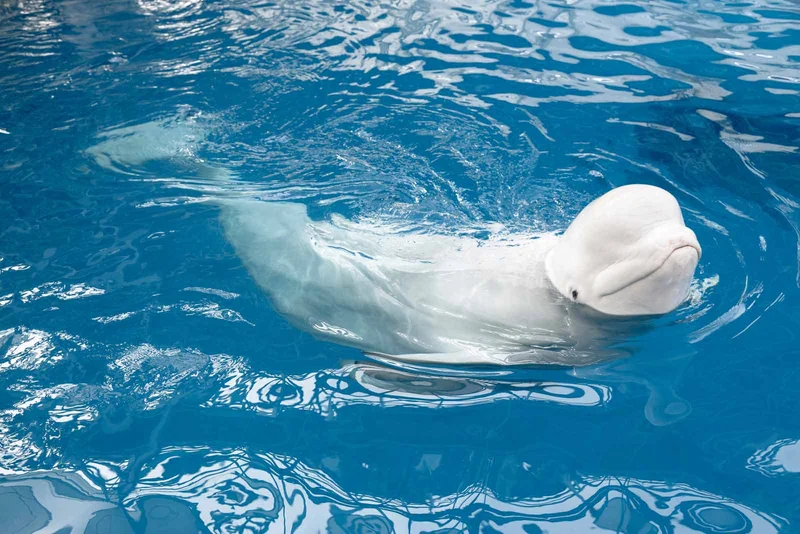Essential South Georgia Pipits Information
The South Georgia pipit is a unique and important bird as it holds the title of Antarctica’s only songbird. Endemic to the island of South Georgia, this sparrow-sized bird is one of the few non-seabird species found in the entire Antarctic region.
Physical Characteristics
The South Georgia pipit is a small, unassuming bird, about 15 cm (6 inches) in length, with brown plumage, long legs, and a short tail. Despite its modest appearance, its melodic song has become a familiar sound across the island.
Habitat and Diet
Pipits build their nests from dried grass, preferring the shelter of tussac grass clumps found throughout the island. They feed primarily on spiders and small insects, often foraging among the debris washed up on South Georgia’s beaches.
Conservation and Population Recovery
Historically, the South Georgia pipit was mainly confined to offshore islands like Prion Island due to the presence of invasive rats on the main island. The rats preyed on eggs and chicks, significantly reducing pipit populations. However, after a successful rat eradication program, completed in 2018, South Georgia was declared rat-free. Since then, the pipit population has flourished, with sightings becoming more common along many of the island's beaches.
Interesting Facts
- Antarctica’s Only Songbird: The South Georgia pipit is the only bird in the Antarctic region that sings.
- Rat Eradication Success: Since the removal of rats, pipits have made a strong recovery, reoccupying much of their native habitat.
- Nest Builders: Pipits build their nests from dried grass, often choosing tussac grass for cover.
